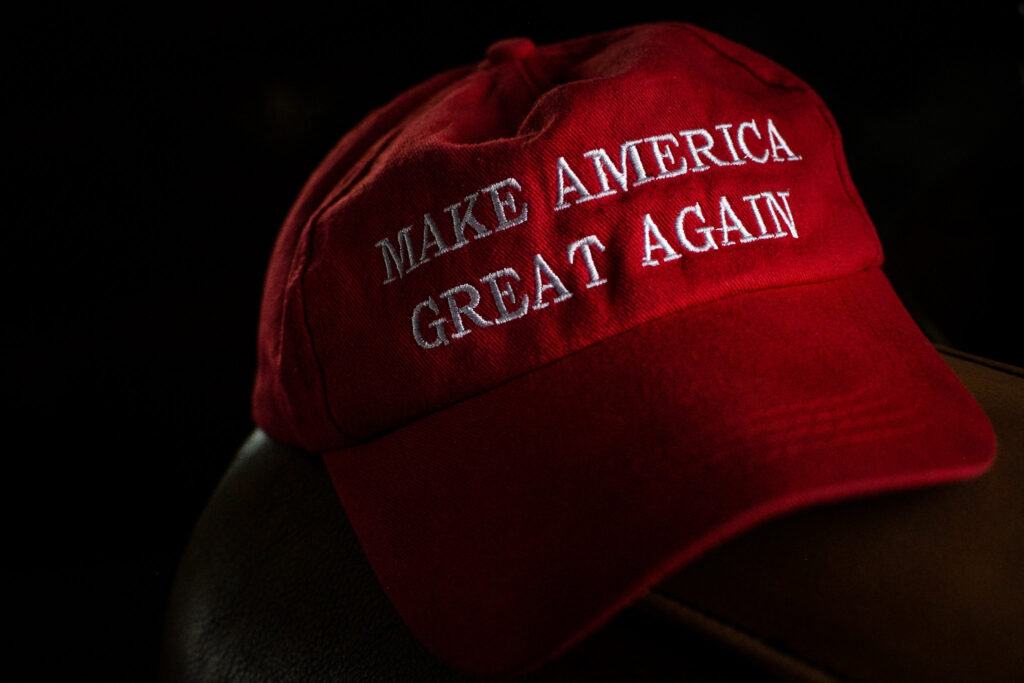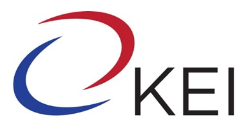The Peninsula
Lessons for South Korea From Trump’s First Two Months

The second Donald Trump administration’s rapid start has put South Koreans on alert regarding the implications for managing U.S.-South Korea relations. Under normal circumstances, South Korea’s president would be near the front of the line outside of the Oval Office. But Yoon Suk Yeol’s declaration of martial law last December and his subsequent impeachment have forced a pause in bilateral summitry and provided South Korea with an opportunity to learn valuable lessons from the summit experiences of leaders from Japan, France, the United Kingdom, Israel, Jordan, and Ukraine.
It is now clear that the circumstances and context surrounding Trump 2.0 will be dramatically different from the first Trump administration. Rather than being accidental, chaotic, and leak-prone, Trump’s second term in office has thus far been comparatively intentional, deliberate, and disciplined. In addition, Trump claims a domestic mandate and believes the global order is more fragile than during his first term.
Most issues defining the relationship with South Korea under Trump are largely the same as during the first term, but the stakes around those issues have been magnified. Arguably, the main issues requiring management in the relationship are the “three T’s”: tariffs, transactionalism, and Trump-centrism.
Trump’s campaign pronouncements in which he dubbed himself “tariff man,” the early application of sectoral and country-focused tariffs on Mexico, Canada, and China, and his first speech at a joint session of Congress highlight tariffs as a signature issue, especially in the context of calls for reciprocity and “fair trade” rather than free trade principles that have guided U.S. policy for eight decades. The Trump administration’s emphasis on fair trade and reciprocity is driving the early phases of the U.S.-South Korea relationship in two aspects: the South Korean government’s expressions of willingness to invest and purchase U.S. oil and liquefied natural gas (LNG) and early efforts by South Korea to establish channels by which to negotiate exceptions to the application of sectoral and national tariffs.
The second characteristic of dealing with Trump is his transactionalism. While South Koreans are familiar with this aspect from the burden-sharing discussions of his first administration, the overall approach is jarring for U.S. allies accustomed to invoking shared values as the foundation for joint action. One option for responding to Trump-style transactionalism is to shape deal-making processes in ways intended to work to one’s own advantage while enabling Trump to declare victory overall. But such a strategy also entails constant investment in efforts to ensure that Trump’s preferred alternatives to alliance-based cooperation are both politically and monetarily cost-prohibitive.
A third dimension of the second Trump administration is his effort to redefine the global order in Trump-centric terms. An alternative possibility, which falls short of the establishment of a Trump-centric world order, is the division of the global order into spheres of influence regulated by representatives of major powers—Trump, Russian President Vladimir Putin, and Chinese President Xi Jinping. But at moments of geopolitical flux, such an approach disadvantages middle powers and potentially undercuts the interests of countries on or near geopolitical fault lines, such as the one that lies between the United States and China.
The task of managing South Korea’s relationship with the United States under Trump will likely prove to be the most consequential and vexing task for South Korea’s national leadership once political stability has returned to Seoul. Trump’s summitry with North Korean leader Kim Jong Un involves deal-making possibilities that would reorder the U.S.-South Korea defense relationship in exchange for a peaceful Trump-Kim relationship—at least for as long as those two men remain in power. At the same time, the Trump administration views China as an adversary while Trump still views Xi as a potential negotiating partner, leading to the possibility of whiplash for South Korean policymakers.
South Korea is fortunate to have assets and technologies that the United States needs, providing valuable incentives to make Trump’s emphases on tariffs and transactionalism manageable. At the same time, the desire for a Trump-centric world order both magnifies geopolitical risk for South Korea and casts doubt on traditional assurances of the credibility of U.S. security pledges that are foundational to the relationship. Whoever becomes Trump’s next democratically-elected South Korean counterpart will have their hands full with vexing challenges that will determine how South Korea navigates this inflection point in global affairs.
Scott Snyder is President and CEO of the Korea Economic Institute of America. The views expressed here are the author’s alone.
Photo from R. Nial Bradhsaw via Flickr (CC BY 2.0)
KEI is registered under the FARA as an agent of the Korea Institute for International Economic Policy, a public corporation established by the government of the Republic of Korea. Additional information is available at the Department of Justice, Washington, D.C.
